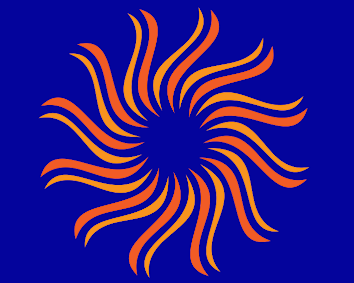
Does Sports Massage Reduce Pain? Here’s What the Science and Experience Say
Whether you’re an elite athlete or someone who simply enjoys an active lifestyle, muscle soreness and pain are familiar foes. Sports massage is often touted as a go-to remedy — but does it actually reduce pain? Let’s take a closer look at what sports massage is, how it works, and what the science says about its effectiveness in pain relief.
What Is a Sports Massage?
Sports massage is a type of massage therapy specifically designed to support athletic performance and recovery. Unlike a relaxation massage, it focuses on manipulating soft tissues — muscles, tendons, and fascia — using a combination of techniques such as deep tissue pressure, stretching, and trigger point therapy.
Depending on the timing and purpose, sports massages can be:
- Pre-event: to prepare muscles for high-intensity activity
- Post-event: to aid recovery and reduce soreness
- Maintenance: to prevent injuries and manage chronic issues
- Rehabilitative: to address pain and recover from injury
Can It Actually Reduce Pain?
Short answer: Yes — but with some caveats.
Here’s how sports massage may help relieve pain:
1. Improved Circulation
Massage helps increase blood flow to sore or injured areas, which can accelerate the removal of waste products like lactic acid and bring in fresh oxygen and nutrients. This process can ease muscle fatigue and reduce the sensation of soreness.
2. Reduced Muscle Tension
One of the main causes of musculoskeletal pain is tight or overworked muscles. Massage helps relax these muscles, break down adhesions, and restore a more natural range of motion, which can ease discomfort.
3. Endorphin Release
Massage stimulates the release of endorphins — the body’s natural painkillers — as well as serotonin and dopamine, which contribute to improved mood and a reduced perception of pain.
4. Trigger Point Relief
Sports massage can target “knots” or trigger points — localized spots of muscle contraction that can refer pain elsewhere in the body. Releasing these can lead to noticeable pain relief.
5. Neurological Benefits
Gentle pressure on soft tissue can activate the parasympathetic nervous system (your body’s rest-and-digest mode), which helps reduce overall stress and muscular tension.
What Does the Research Say?
Scientific studies on sports massage and pain relief offer a mixed but generally positive outlook:
- A 2020 review in the Journal of Sports Medicine found that sports massage significantly reduced delayed onset muscle soreness (DOMS) after intense exercise.
- A 2018 study published in Frontiers in Physiology reported that massage improves muscle performance recovery and can reduce pain perception, though effects vary depending on massage timing and technique.
- However, some studies suggest that while massage can reduce the feeling of pain, it might not address underlying structural issues like joint misalignment or chronic inflammation.
Final Thoughts
So, does sports massage reduce pain? Yes — particularly for muscle soreness, tension, and recovery from physical exertion. It’s a powerful tool in a broader pain management and performance strategy. Whether you’re rehabbing an injury or just trying to feel better after a tough workout, sports massage offers real, tangible relief — and sometimes, that’s exactly what your body needs.

Leave a Reply